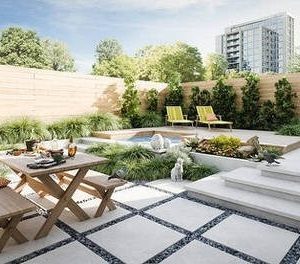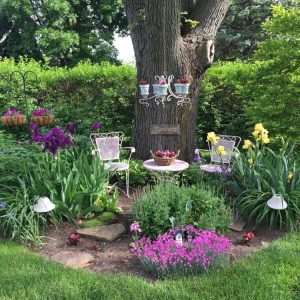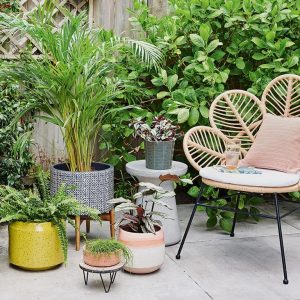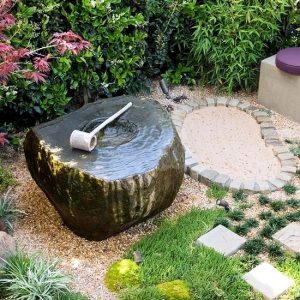With an abundant mix of informally planted of flowers, foliage and climbers overflowing from beds and borders, a cottage garden is utterly charming haphazard aesthetic at its best.
In fact, if you want a natural and romantic looking garden and you have no patience with “selecting the right plant”, your best choice is a cottage garden.
Invented in the early 18th century, traditional English cottage gardens were grew out of a necessity for self-sufficiency which would include a delightful mix of of vegetables, fruit trees, flowers, and medical herbs alongside livestock enclosed, with a rose-bowered gateway.
But it’s vibrant colored, self-sowing annuals and freely spreading perennials became more of a dominant force in today’s modern cottage gardens.
While it’s not hard to create your own informal flower garden, though to bring that “old world” look of traditional English Gardens you need to choose various colors, sizes, and shapes of plants that “look local and native” (even if they are not) and well adapted to your hardiness zone and growing conditions.
But there are some traditional cottage garden plants, like shrub roses, peonies, lupins, delphiniums, lavender, poppy, iris, honeysuckle and foxglove that you really cannot leave out to achieve a English cottage-style vibe.
Here are more than a dozen of flowering plants that your cottage garden cannot do without if you want that wild but oddly unique look of the “English country garden”.
And they will come with instructions on how to grow them and how to make the best of them for a perfect “cottage look”.
But even if the overall effect of cottage gardens is “random”, there are actually some hidden rules you need to follow. So we need to look at them first.
























